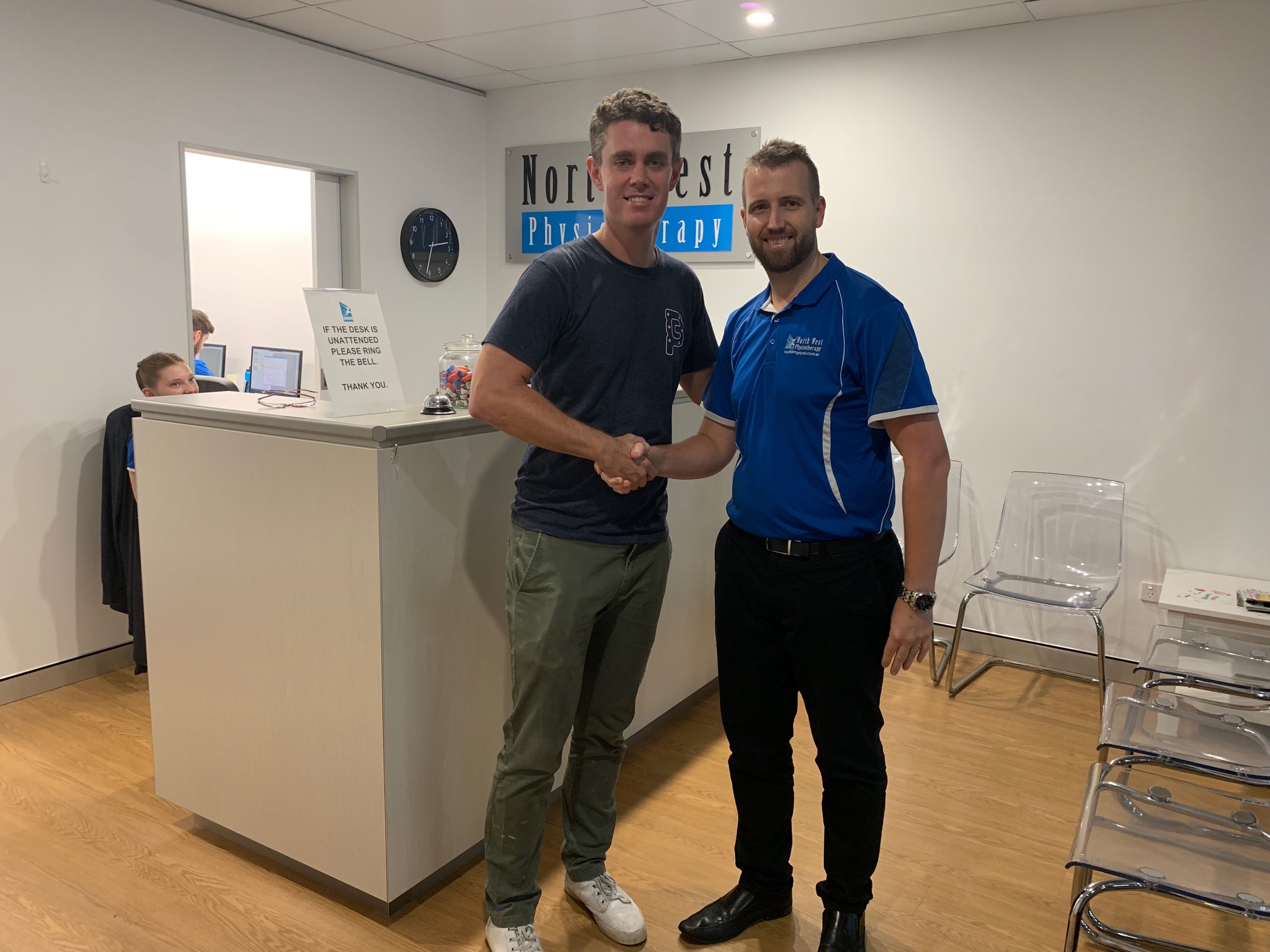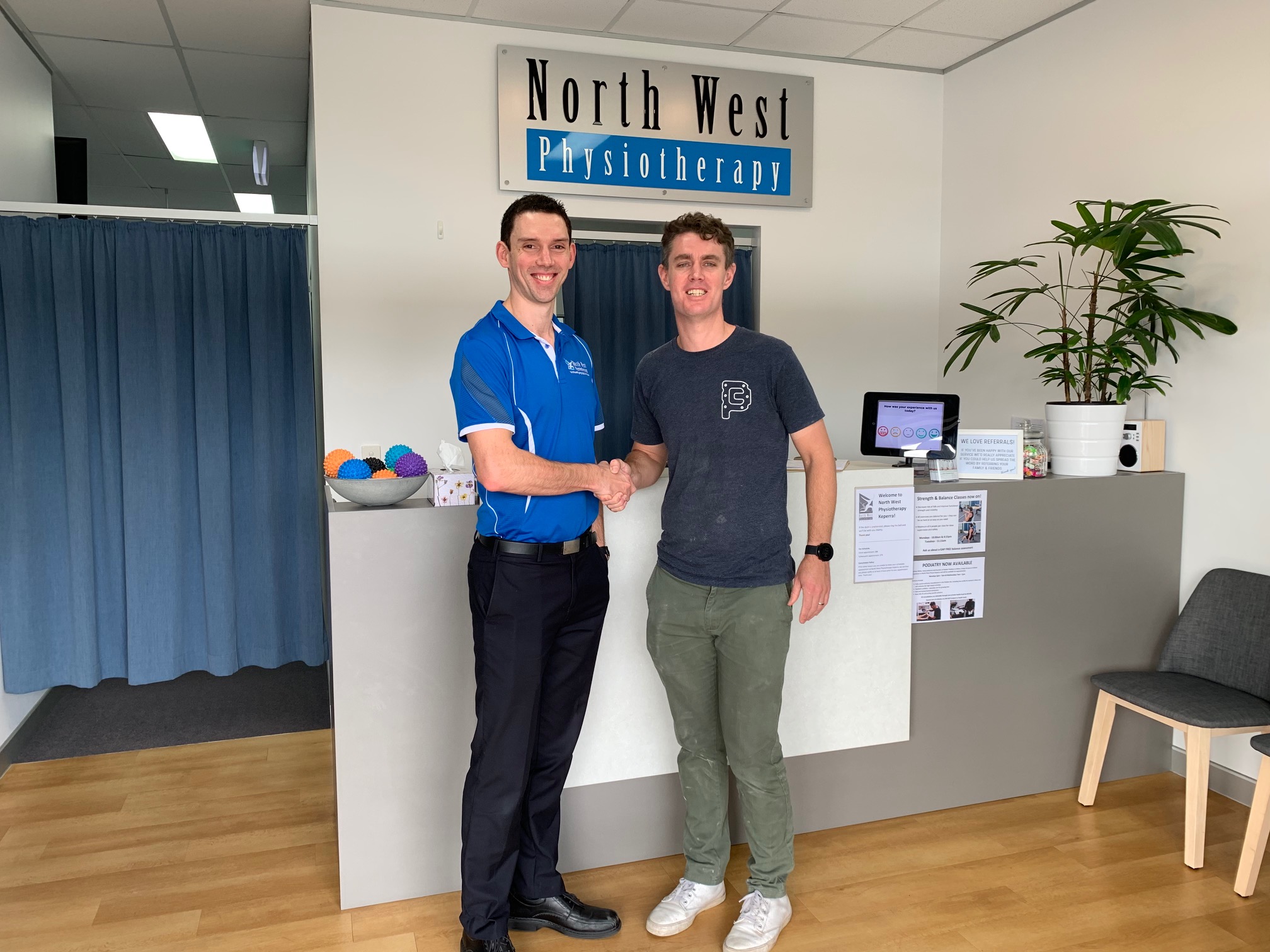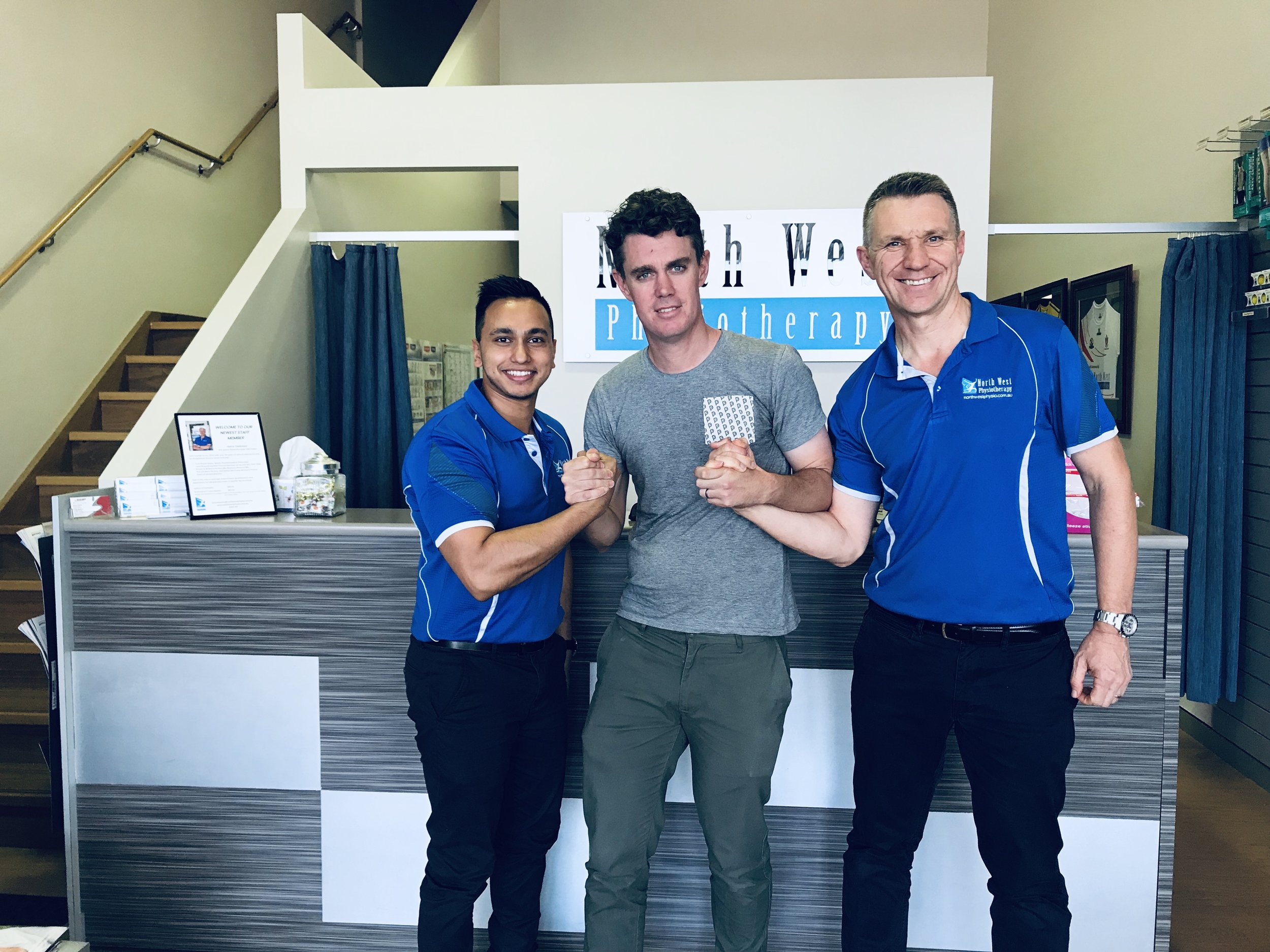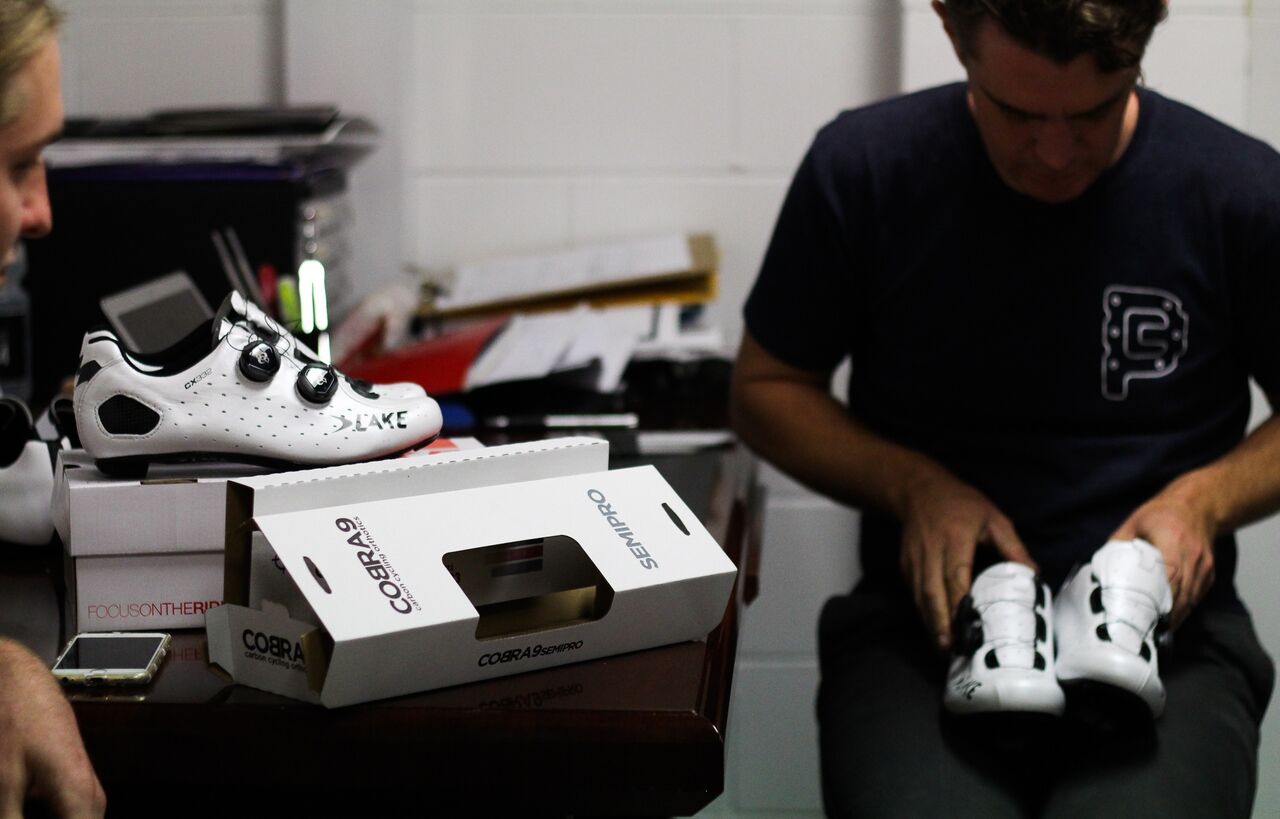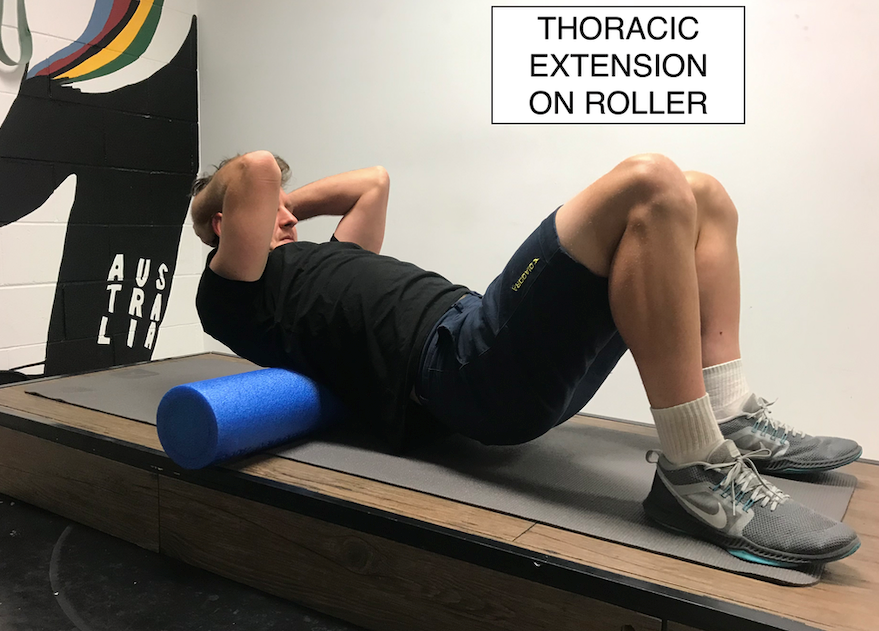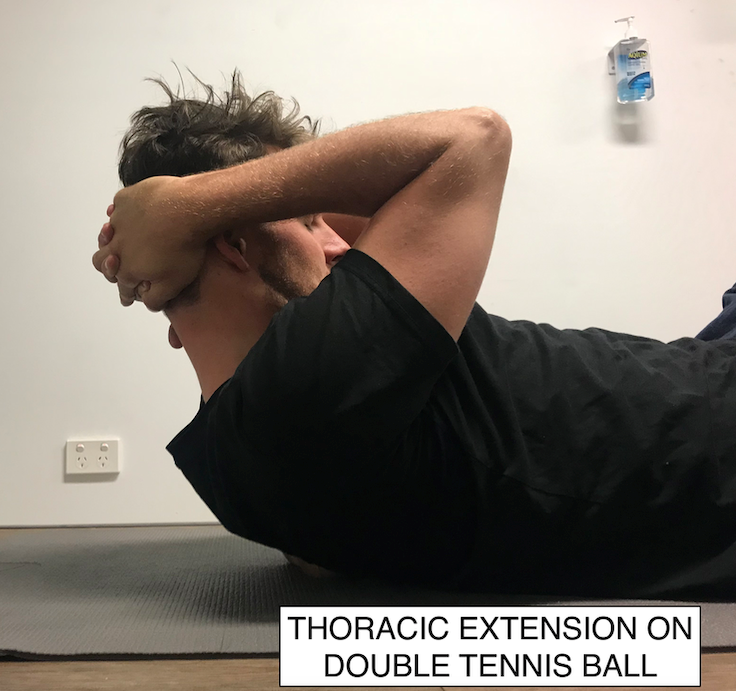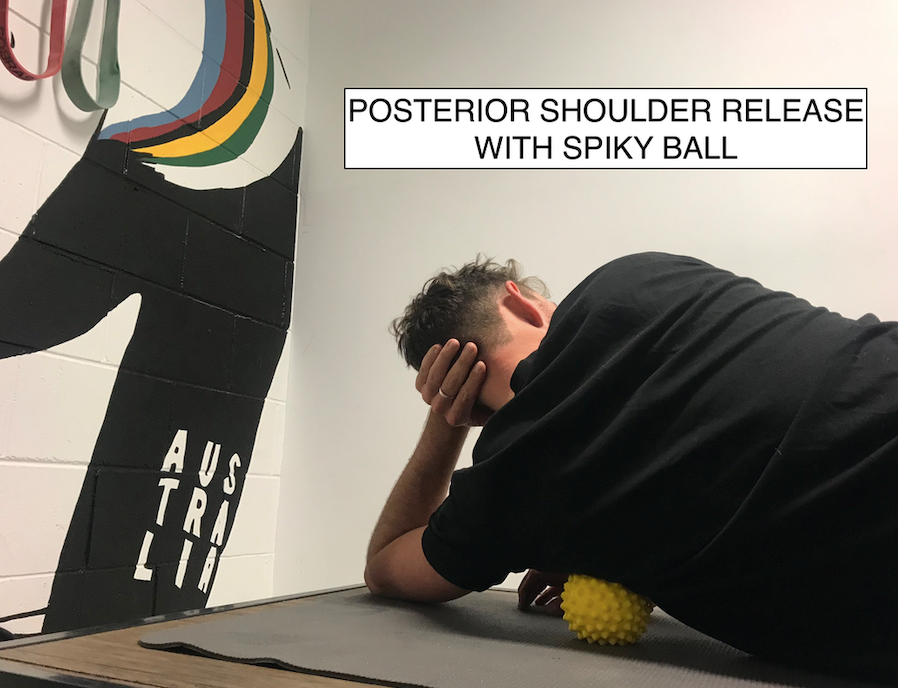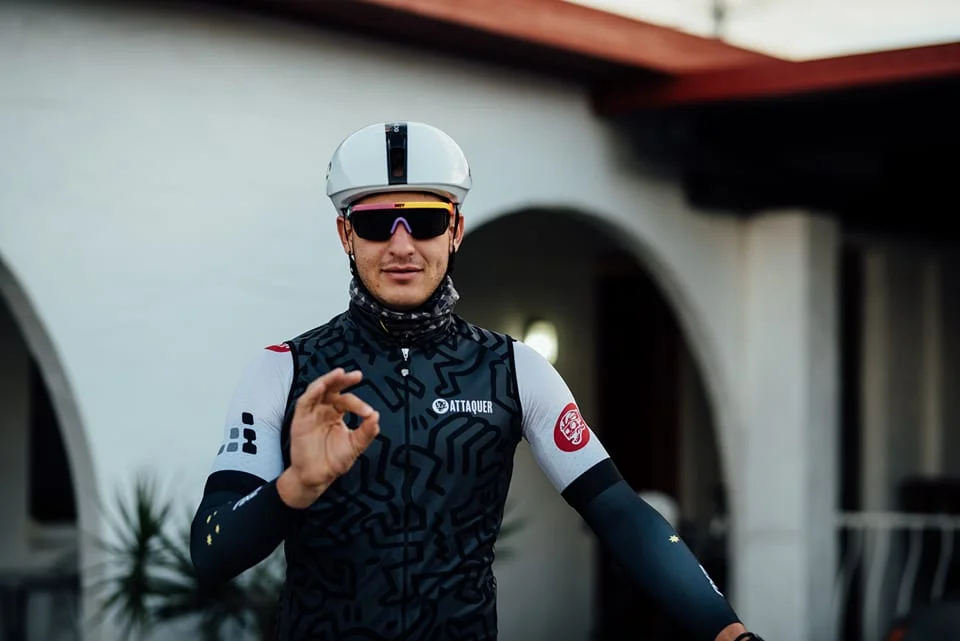With a lot of endurance events on over the cooler months up here in the Sunshine State, it is important to be aware of your energy levels in order to maintain a strong immune system.
Here are some pointers from Tara, our Dietitian, for keeping your immune system in check in the lead up to race day.
Eat well. A balanced diet is going to support your training and event prep. Enough fuel, fresh food and plenty of colour from vegetables to receive antioxidants is a great start.
Sleep. Make sure that race nerves/ excitement don’t affect your sleep pattern, as this can suppress the immune system.
Don't skip your recovery meals. Even when tapering before an event the nutrition supporting our recovery and replenishing our stores is still very important. Carbohydrates especially help lessen the negative effect stress hormones have on the immune system.
Supplements. For people putting their bodies under high amounts of physical stress, there is a place for a vitamin C, zinc and echinacea supplements.
When looking to build a balanced diet, make sure you are packing in the following vitamins and minerals -
Vitamin C: oranges, kiwifruit, berries, potatoes.
Vitamin E: avocados, almonds, seeds, oats, brown rice
Magnesium: wholegrains, nuts, seeds, leafy green vegetables
Zinc: eggs, turkey, almonds, cashew nuts, oysters
Iron: lean red meat, lentils, chickpeas, cashew nuts, dried apricots, wholegrain bread
B vitamins: lean meats, dairy products, whole grains. (Vitamin B12 is only found in foods of animal origin, so vegans may need to take a supplement or consume foods fortified with vitamin B12)
Omega 3 fatty acids: salmon, mackerel, anchovies, trout, sardines, fresh tuna, ground flaxseed, chia seeds, flaxseed oil, walnuts, pumpkin seeds.
Probiotics: Live yogurt, kefir, kombucha, sauerkraut, sourdough bread, miso soup
CLICK HERE to book in and see Tara for a Dietitics Consultation




